Culture is difficult to define, and cultural change is difficult to measure. It is useful to start by asking the following questions. Is ethical leadership a sufficient condition of corporate integrity? Do traditional jobs and human-resource led job specifications inhibit corporate integrity? Does integrity require integration? Does talking about culture change it? Is a systemic approach needed to change culture? Does a systemic approach need a platform?
Volunteer instead of being told
The Perendie platform® provides leaders with a fast and efficient way of communicating their strategy. Successive levels of the organisation are invited to say what they will contribute to the delivery of the strategic outcomes, what they will need to do to achieve the outcomes they have therefore committed to deliver, and what resources they therefore will need to employ.
The platform lets anyone contribute to the outcomes the organisation needs, increasing diversity and productivity. It identifies people who can’t contribute to the organisation’s future, saving money. It motivates and enables people to co-operate and deliver their outcomes by showing what everyone’s doing and what’s likely to happen. Doing so executes the strategy.
Fulfil potential
This approach gives the whole workforce the chance to fulfil their potential, a ladder they can climb and a career they can develop; it also creates one team, overcoming divisions. It leads people to challenge their current deliverables, ways of working and resourcing, stimulating innovation and reducing cost.
Build a better working world
The Perendie platform® enables the collaborative, integrated, transparent and predictive world many of us yearn to see.
The platform:
- links every outcome, activity and resource in a dynamic network, improving governance and increasing connectivity
- integrates all management processes into a single process and platform, facilitating leadership and reducing cost
- encourages people to challenge current deliverables, ways of working, initiatives and resource allocations, simplifying processes and removing bureaucracy
- shows what everyone’s doing and what’s likely to happen, motivating performance and preventing problems
- lets people apply for any opportunity to contribute, fulfilling aspirations and increasing productivity
- creates self-managing teams, providing a hierarchy bypass, empowering people and releasing managers to be producers.






